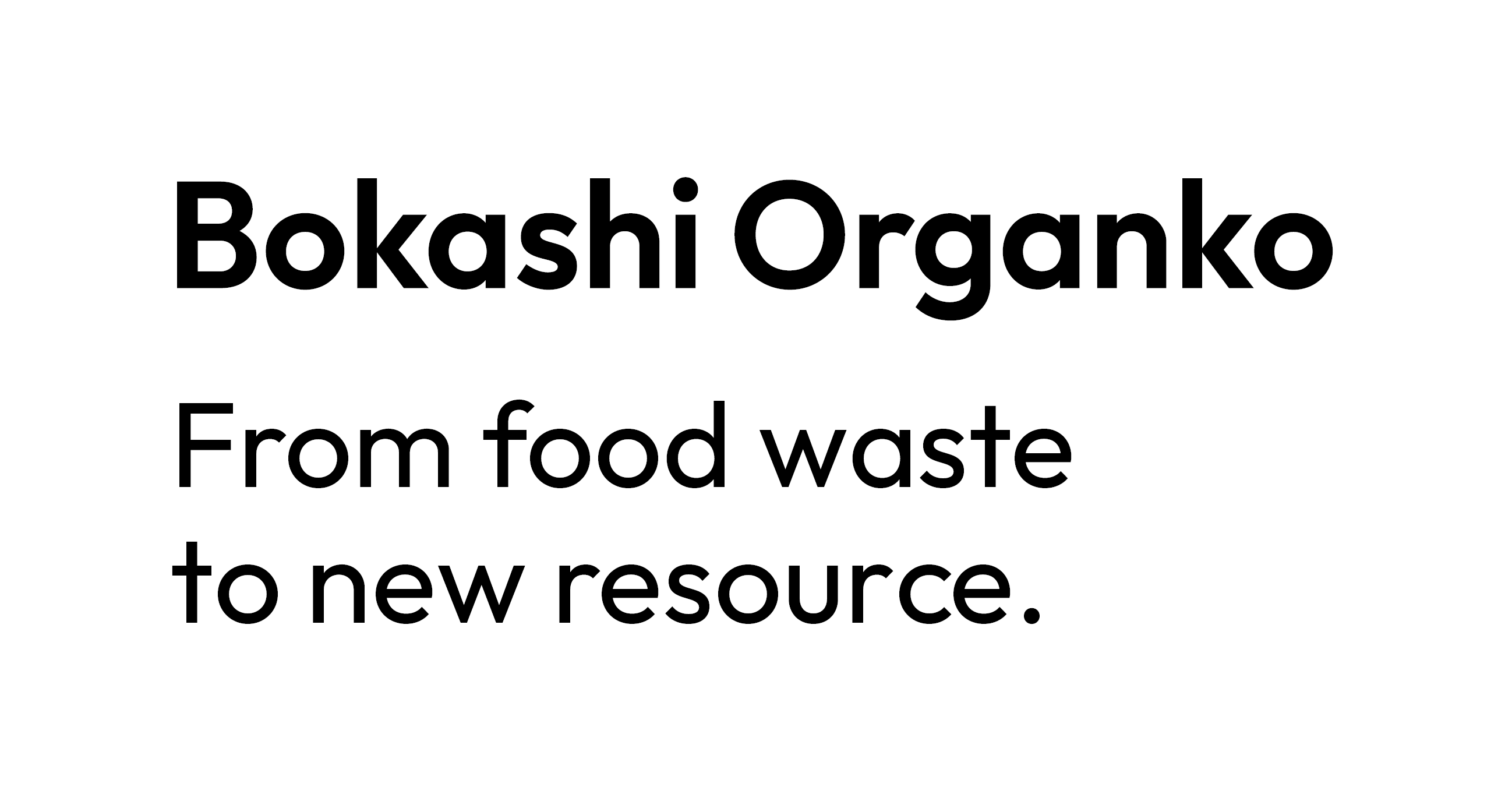Just by looking at the processes taking place in nature, one can easily notice decomposition. As a matter of fact, decomposition has been present on this awesome planet of ours ever since there was organic material here. Moreover, decomposition is also a process that we can harness when it comes to organic waste management.
Furthermore, we can use aerobic decomposition and anaerobic decomposition. Of course, each of the two decomposition methods has its own advantages and disadvantages. Thus, knowing when and where to use them is very important. While we often devote our attention to Bokashi composting, which is a prime example of anaerobic decomposition, we want to focus this article on aerobic decomposition.
Do You Know What Is Aerobic decomposition?
Let’s start by taking a closer look at each word of “aerobic decomposition”. The word “aerobic” indicates that we deal with decomposition that takes place when air (oxygen in particular) is present. Moreover, the word “decomposition” refers to a breakdown of organic matter.
Furthermore, if you know a thing or two about decomposition, you know that it involves a wide range of organisms, which all play a vital role. What is interesting is the fact that the smallest creatures play the most vital role in the process of breaking down organic material. These are known as microorganisms or effective microorganisms (EM). Moreover, in the case of aerobic decomposition, aerobic microorganisms are the ones getting the job done. And, as their name suggests, they require oxygen to process organic material.

While aerobic decomposition is present in nature (it’s how humus in the forests is created), we can intentionally use this natural process to effectively manage organic waste and ensure that the nutrients of decomposed organic material end up nurturing the soil and feeding our plants.
When humans utilize aerobic decomposition, we call it composting. And the end product of the process is compost, which can be viewed as man-managed humus. In case you are wondering why compost, if in nature decomposition takes place on its own automatically, we suggest you read our past article addressing that question.
Furthermore, aside from air, there are three other factors affecting the composting process. These include the amount of water (moist), amount of “green” material, and the amount of “brown” material. The latter two determine the C:N ratio (also known as “browns:greens” ratio). To learn more details about these factors, click the link above.
Humans Harnessing Aerobic decomposition - Composting
People all across the globe have been harnessing composting since ancient times. Unfortunately, at the beginning of the 20th century, synthetic fertilizers were invented and most farmers and even smaller gardeners in the developed world rushed to use this “shortcut”. They are not to blame as even agriculture experts weren’t able to see the negative effects these unnatural substances have on soil, plants, and even on enhanced global warming. If you want to learn more about the tight connection between how we treat soil and global warming, we suggest you watch the “Kiss the Ground” documentary.
Luckily, the awareness around global warming and the importance of organic farming has been increasing more over the last decade. As such, many farmers, and especially gardeners, have started to harness composting again. It seems like Mother Nature has been showing us the way all along; we just have to learn to observe and follow her lead.

Furthermore, as mentioned above, effective organisms are the ones that play a key role in the composting process. As such, EM technology can be harnessed for positive effects of EM in all areas of agriculture. For instance, compost can also be used to prepare compost tea, which is a great natural fertilizer.
The Key Aspect of Aerobic decomposition
If you want to start harnessing the aerobic decomposition process yourself, you will need to ensure that all of the factors (as mentioned above) are properly maintained. However, “aerobic” is the key when composting. If you have a composting pile, you will need to turn it often enough to ensure that there is enough air so that the aerobic microorganisms thrive. Of course, there are mechanical techniques (such as composting reactors) that automate this part of the process for you.
Moreover, there is a way to avoid the need to turn your compost pile by focusing on anaerobic decomposition. The latter is way less common in nature; however, it is something we often talk about on our blog.
Anaerobic vs. Aerobic decomposition
Again, as the word “anaerobic” suggests, this type of decomposition doesn’t require air. To be precise, we normally talk about anaerobic decomposition when the concentration of oxygen is below 5 mg/l. Moreover, in case anaerobic decomposition is not stimulating life, we talk about rotting, which is not the route we want our organic waste management to go down. However, if the process stimulates life, we talk about fermentation. And, it is the fermentation that is harnessed by the Bokashi composting. Despite the fact that we call it Bokashi composting, it is actually the fermentation process that governs this way of organic waste management.
Moreover, since this kind of decomposition doesn’t require air, it makes it the most practical way to handle bio-waste inside your home (indoor composting). By using a high-quality Bokashi composter, you can harness the benefits of anaerobic decomposition in your kitchen. That way, every household, even those that do not have gardens and other outdoor areas, can manage their kitchen waste responsibly.


